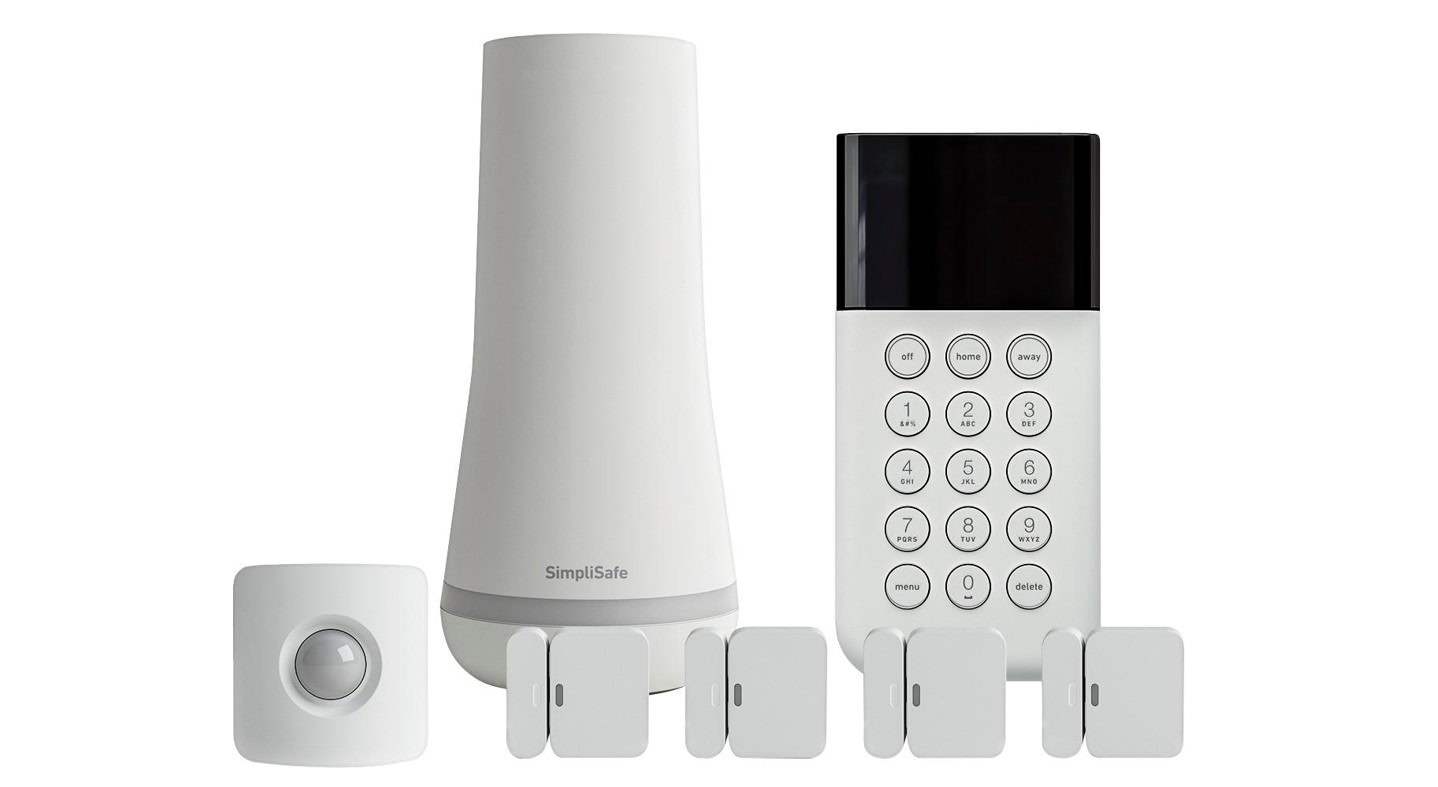Affiliate links on Android Authority may earn us a commission. Learn more.
What is SimpliSafe, and how does it work to keep your home secure?
Published onAugust 29, 2022
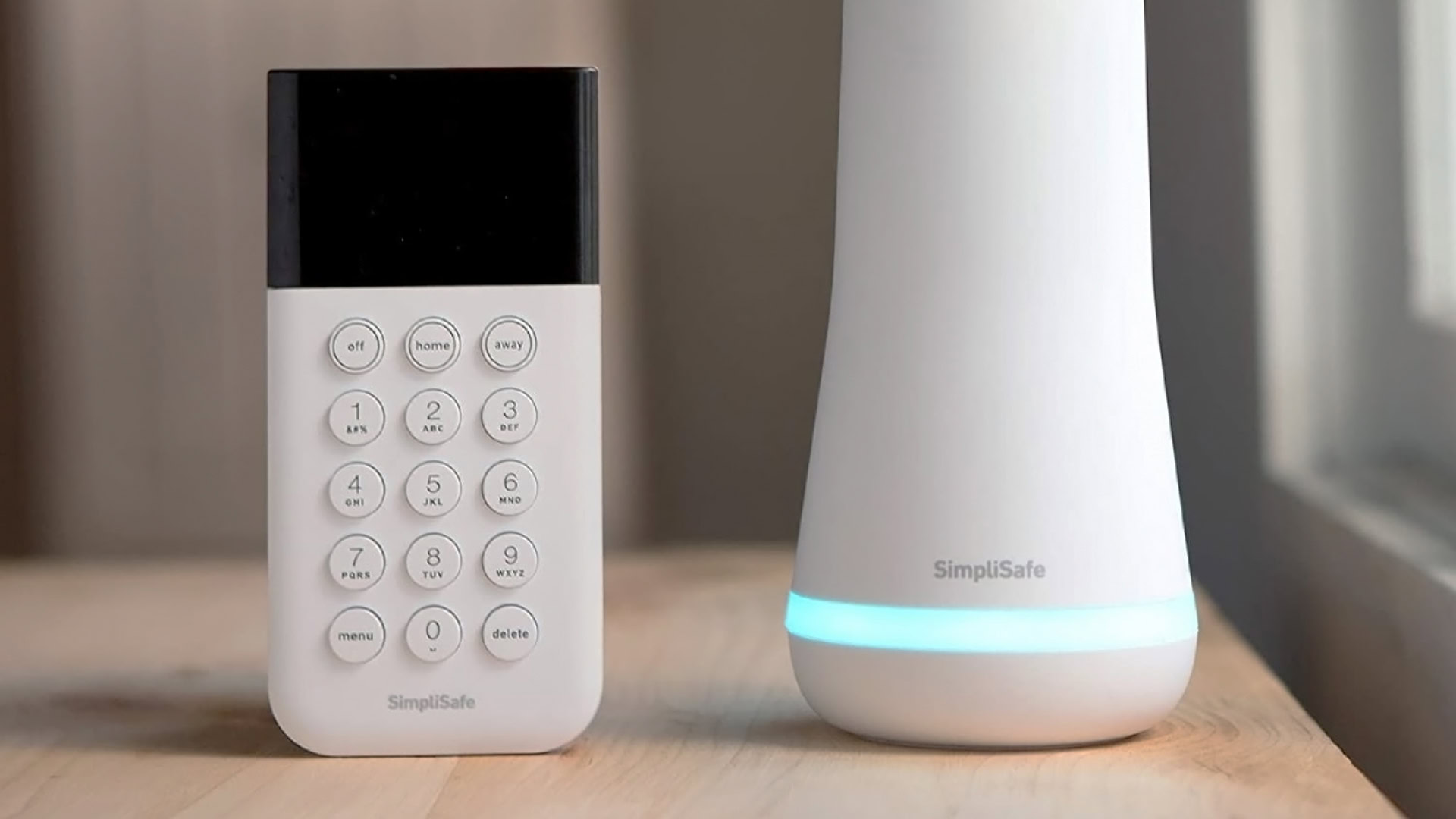
If you live in the US or UK, there’s a good chance you’ve seen ads for SimpliSafe. Even if you’re based elsewhere, you may have come across the brand when hunting for smart home security tech. Here, we’re going to break down what SimpliSafe is, some of its benefits and drawbacks, and what it’s compatible with.
Also read: The best smart home devices
What is SimpliSafe?
SimpliSafe (operated by the company of the same name) is a smart security ecosystem. It’s similar to Amazon’s Ring, but with a stronger emphasis on subscriptions. Whereas you can build a reasonable Ring system without paying a monthly fee, SimpliSafe offers only the most basic functionality if you just buy the hardware — even Alexa and Google Assistant integration is paywalled (more on this later). Check out US plans below:
If you opt for one of one of the monitoring plans, you get 24/7 dispatch for fire, medical, and/or police services. SimpliSafe also enables cellular backup if your Wi-Fi goes down, and in the case of the top-end Interactive Monitoring tier, things like unlimited camera recording, insurance discounts, and secret alerts for safes and cabinets. If all you have are cameras, you can opt for a cheaper Self-Monitoring With Camera Recording plan, but this primarily opens access to recording for up to five cameras, plus Alexa/Google integration.
SimpliSafe sells an assortment of smart security devices. We’ll talk about them more in detail in a moment, but here suffice it to say that you can either put together a custom hardware package or shop from a series of bundles, which can potentially save you money if they meet your home’s needs. The company’s product roster is mostly focused around cameras and sensors, the latter including ones for motion, doors, windows, water, temperature, and smoke. Most SimpliSafe configurations require the company’s Base Station and Wireless Keypad, though some products (like the Video Doorbell Pro) can be bought separately and used on their own.
Note that at the moment, SimpliSafe is only available in the US and UK.
How does SimpliSafe work?
The Base Station is so critical because, at a minimum, it links all of your sensors, and by extension and the SimpliSafe app for Android and iOS. It also includes a 95-decibel siren, a backup battery that lasts up to 24 hours, and voice guidance for initial setup. If you’ve got the right subscription, it sends alerts to SimpliSafe’s monitoring center and enables cellular functions — a SIM card is pre-inserted, just not activated by default.
The app is really the focal point of control, since it lets you arm and disarm a system remotely, get notifications, and see a timeline of events. If you’ve got cameras, you can watch live feeds and/or access recordings. It’s similar to other smart home security apps by companies like Arlo and Wyze.
The Wireless Keypad lets you arm or disarm in person, but additionally offers a hidden panic button and can notify you if you’ve left a window open (assuming you have at least one Entry Sensor). If an intruder tries to smash the keypad, that should automatically trigger an alert.
Neither the Base Station nor the Keypad offer any detection functions of their own, so you’ll have to buy at least one accessory. You can also buy extra Keypads, external sirens, and key fobs, the latter letting you arm/disarm or trigger a panic alert without having to be near a Keypad. You do need to be in or around your home.
Which products does SimpliSafe offer?
Sensors
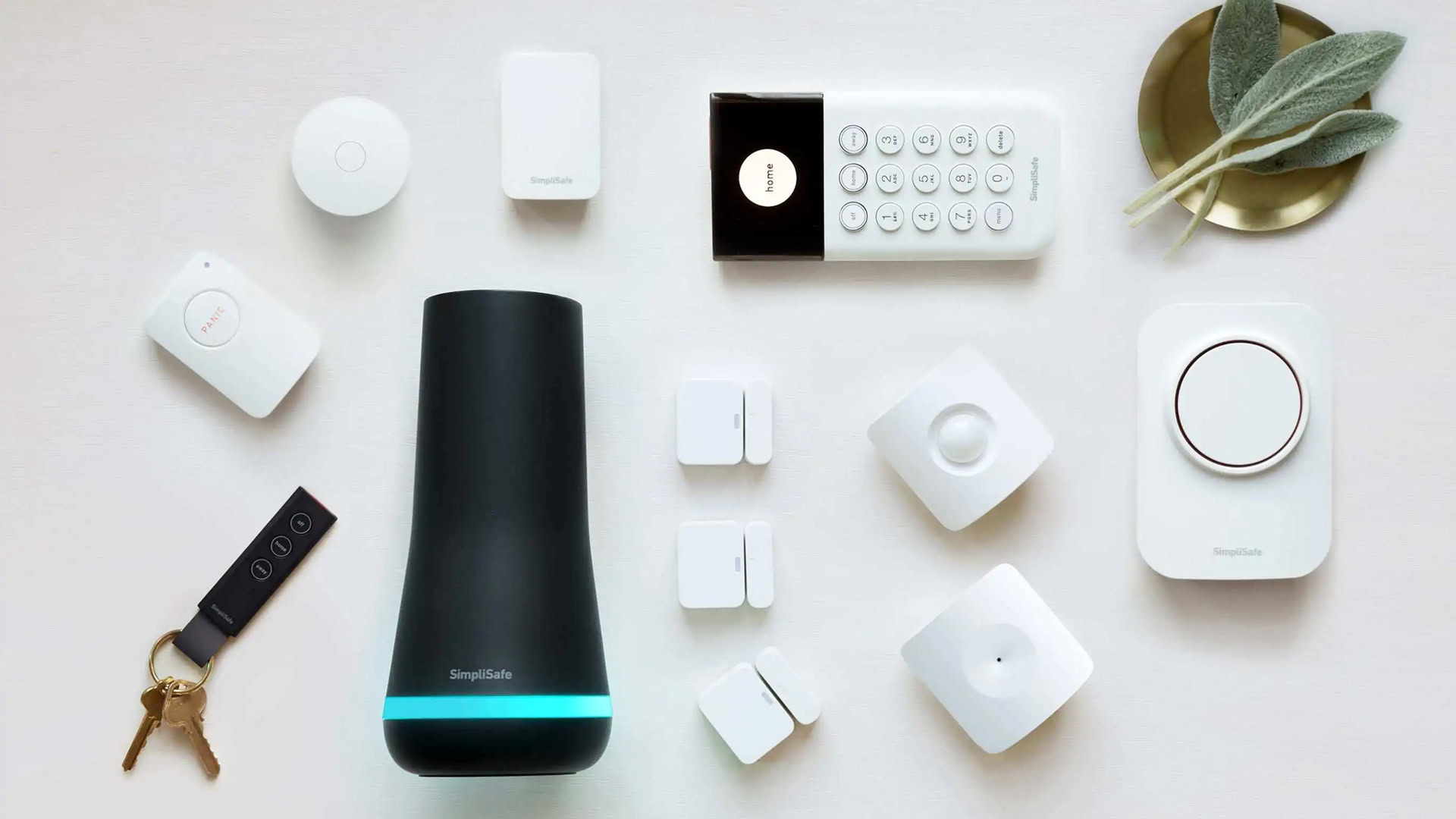
- The two-part Entry Sensor can be attached to doors or windows, and lets you know when they’re opened, including a chime sound.
- The Motion Sensor detects any activity in a room, and may be recommended instead of Entry Sensors in spaces with three or more windows.
- The Glassbreak Sensor listens for smashed windows. SimpliSafe claims it can distinguish between windows and similar sounds, such as broken dishes.
- The Smoke Detector is allegedly sensitive enough to detect a fire while it’s still smoldering, and triggers both an internal siren and a system-wide alert.
- The Temperature Sensor provides hourly updates, and sends alerts if temperature falls below 41F (5C) or hits a user-specified upper limit.
- The Water Sensor triggers alerts whenever it comes into contact with water, no matter if it’s a leak or flood. You’re mean to place it next to things like pipes, toilets, or water heaters.
Cameras
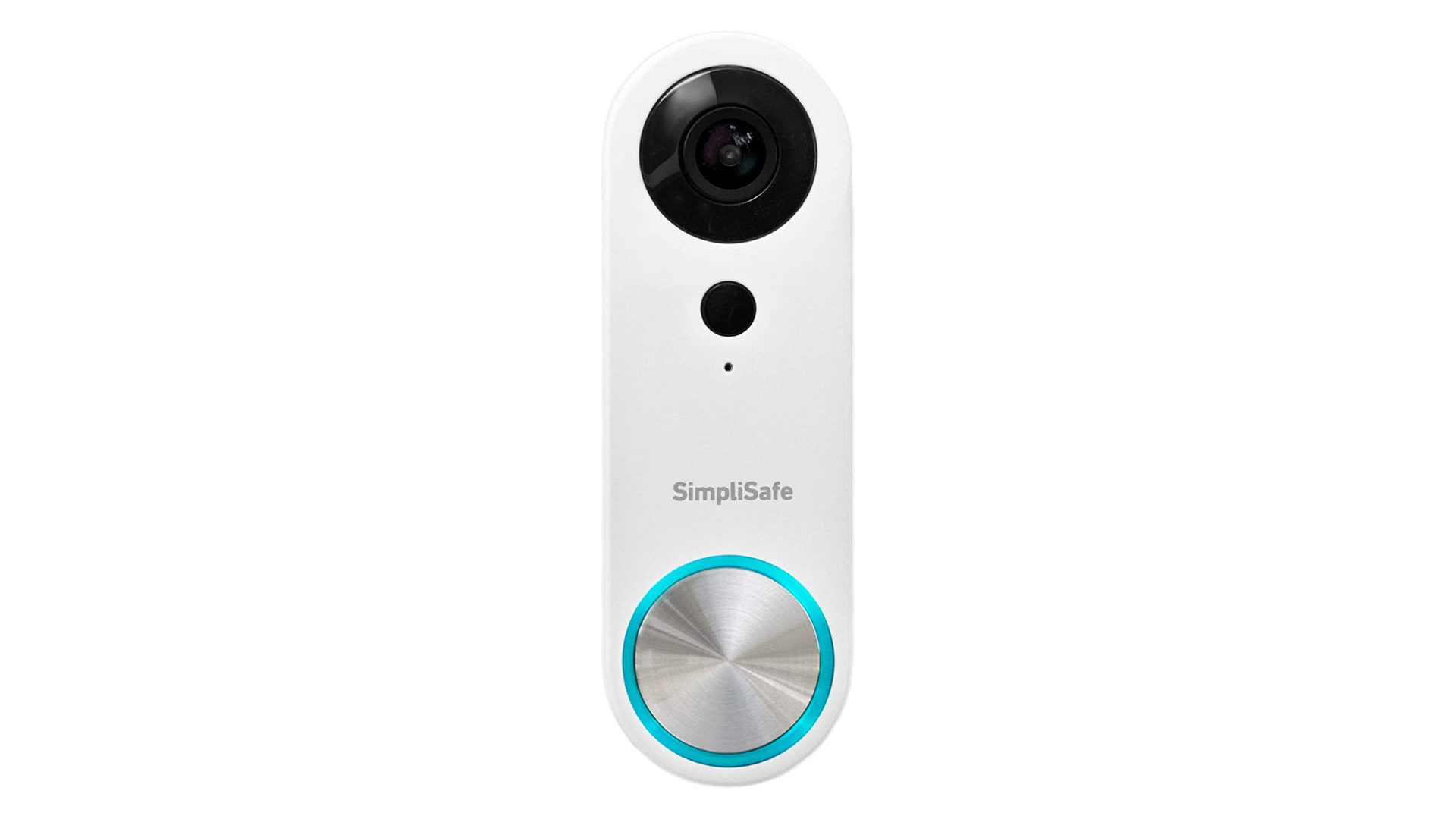
- The Video Doorbell Pro is a wired model with 1080p, HDR video, a 162-degree view, and infrared night vision. Most features are relatively standard for smart doorbells, including two-way talk and activity alerts, though it does offer heat- and image-based person detection, and will automatically ignore cars.
- The Indoor Camera is a basic model with its own stand, enabling live feeds, motion detection, and (with one of the correct plans) recording.
- The Wireless Outdoor Camera mounts to an exterior wall or fence, and promises full-color HD footage day or night with a 140-degree field of view. At night, a built-in spotlight turns on when motion is detected. Its rechargeable battery lasts up to six months, depending on how often it’s triggered or viewed live.
Other products

Putting aside basics like the Base Station and Wireless Keypad, and minor add-ons like sirens and key fobs, the only other SimpliSafe product is the Smart Lock. This installs over your existing deadbolt, and is normally locked or unlocked using your key, a PIN pad, the SimpliSafe app, or a fob. If you’ve got a subscription with Alexa or Google Assistant support, you can use those platforms too.
The Lock will also activate whenever you arm or disarm, and can lock automatically after a set time. If someone enters the wrong PIN five times, you’ll get an alert — after 15 attempts, it’ll lock your home for 30 minutes, and monitoring subscribers will get a phone call.
How much is SimpliSafe?
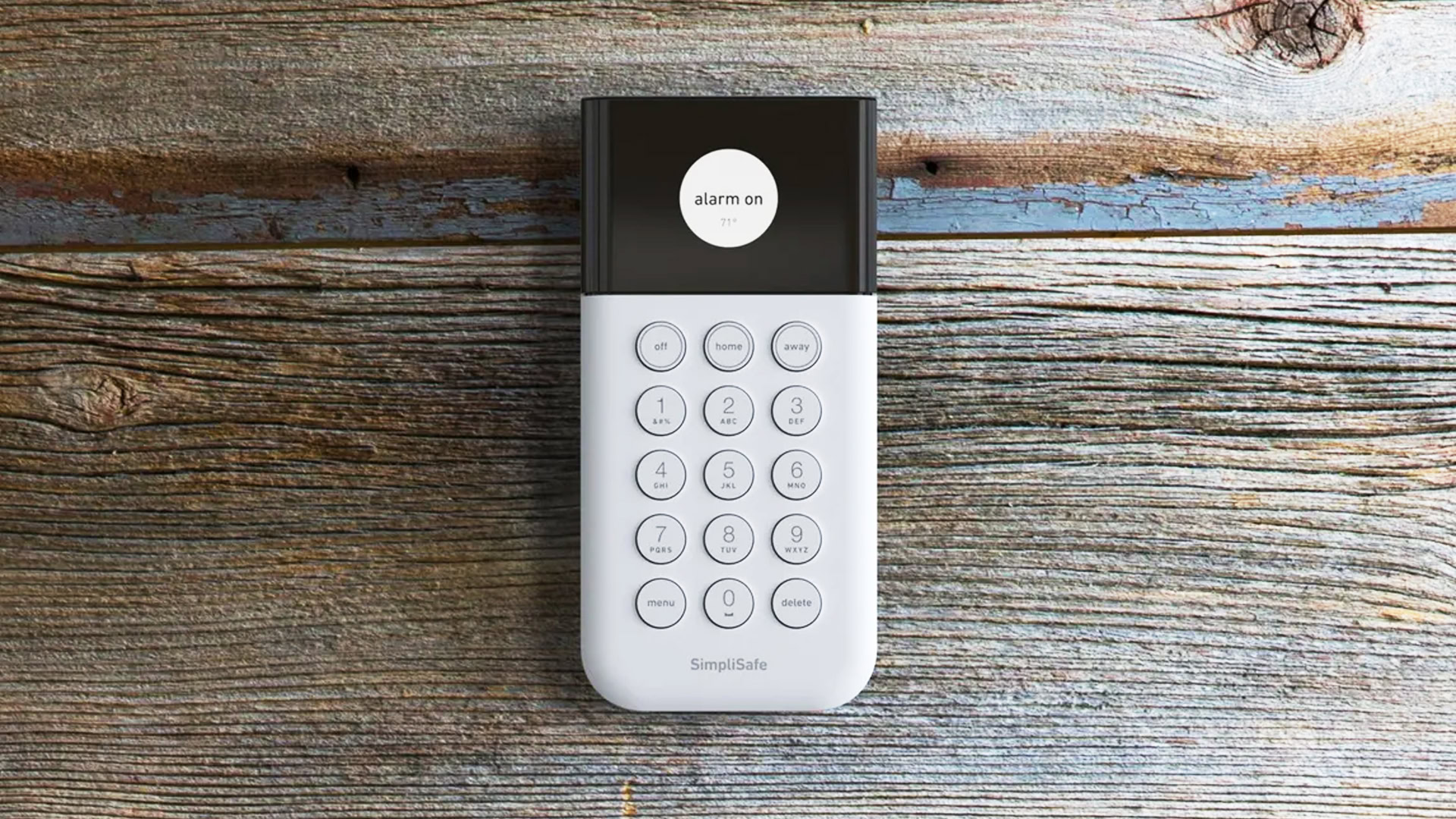
If you’re looking to build a custom system, you’re looking at a starting (US) price of about $200 for the Base Station and Wireless Keypad, plus whichever accessories you bolt on. Add-ons begin at $15 for an Entry Sensor and range up to $180 for a Wireless Outdoor Camera. You can sometimes get products on sale, though, and there are preset bundles ranging in cost from $245 to $505.
There are three paid subscription options: Self-Monitoring With Camera Recording, Standard Monitoring, and Interactive Monitoring. We’ve already covered their features previously, but these are priced at $9.99, $17.99, and $27.99 per month.
Does SimpliSafe need Wi-Fi?
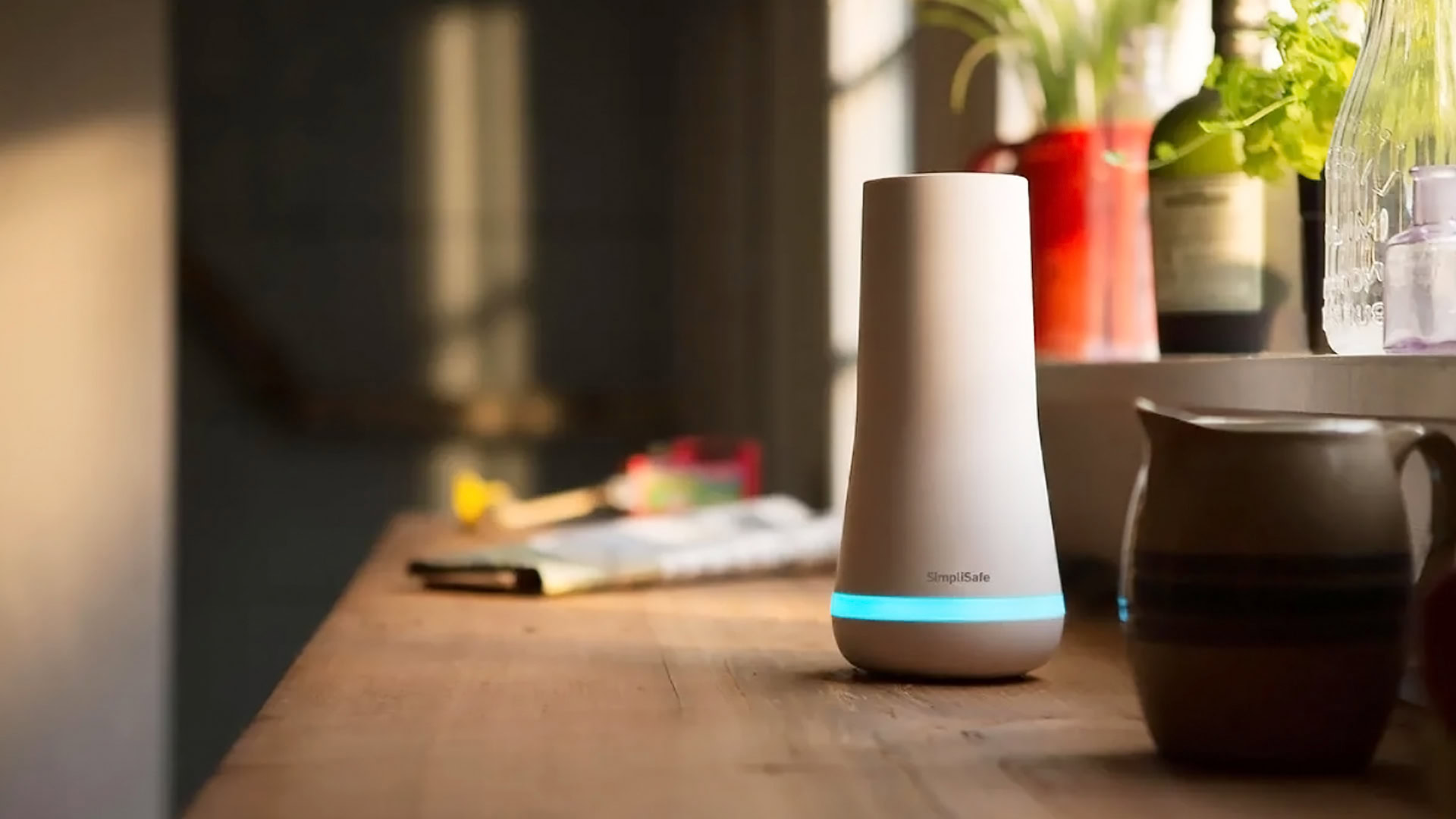
Strictly speaking no, if you pay for a monitoring plan with cellular service. The Wireless Keypad can control some basic settings, and monitoring teams will still be able to keep track of sensor alerts.
You do lose out on a lot of functionality, however — without Wi-Fi, you can’t connect any cameras, use the SimpliSafe app, or arm your system using Alexa or Google Assistant. You also won’t get any firmware updates for your devices, which can be a problem if an accessory starts glitching or a serious vulnerability is discovered.
How does SimpliSafe work with Alexa and Google Assistant?
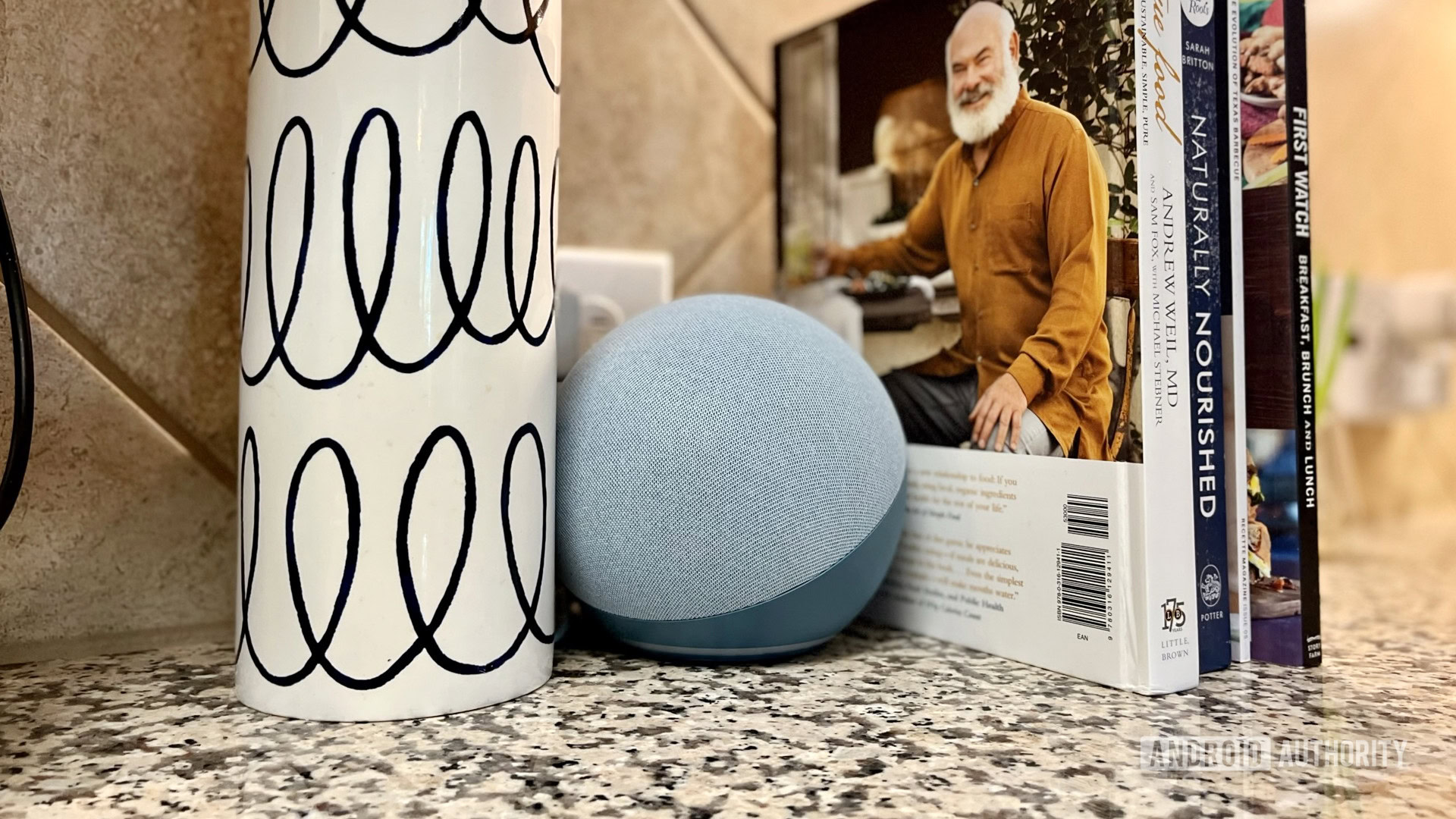
In the case of Alexa, you first need to link with your Amazon account using the SimpliSafe skill. With that done, you can ask Alexa to arm your system with a phrase like “Alexa, tell SimpliSafe to Arm in Away Mode,” “Alexa, tell SimpliSafe to lock up,” or simply “Alexa, tell SimpliSafe I’m leaving.”
For Google Assistant, you need to link SimpliSafe using the Google Home app, which lists it as a “Works With Google” service when you try to add a device. Voice commands are more intuitive than Alexa’s, since you can just say something like “Hey Google, turn on the security system” or “OK Google, arm SimpliSafe to Away.”
Note that using either platform requires an Interactive Monitoring or Self-Monitoring With Camera Recording plan. You also can’t disarm a system using your voice, since that would pose an obvious security threat.
Related: The best smart security cameras you can buy
Frequently asked questions
Yes. The Video Doorbell Pro requires conventional doorbell wiring for power and connection to your home’s chime.
It’s been done in the past, at least. In 2019, YouTuber LockPickingLawyer was able to disrupt an Entry Sensor and Wireless Keypad using a $2 remote, although only by holding it within a few inches of each device. In 2016 a company called IOActive claimed that SimpliSafe PINs were transmitted unencrypted, meaning they could be picked up and replayed by people with specialized radio gear.
The latter flaw has been fixed in newer hardware, however, and SimpliSafe says that it continually updates its software to detect and protect against jamming. Indeed, even in the LockPickingLawyer video the Keypad broadcasts an audible interference warning, albeit without triggering a system-level alert — it would cause problems if police were called because of accidental signal disruption by neighbors.
Ultimately, most burglars won’t have the tools or tech skills to bypass SimpliSafe. There’s also no indication that the company’s servers have been breached, so remote hacking is unlikely, especially if you use complex passwords.
You may still want avoid slapping SimpliSafe signs and stickers outside your home, since that would at least give intruders a clue about what system they’re attacking. And remember that most security products are only deterrents anyway, in that they can’t stop break-ins — a determined thief can come in disguise, bust through locks or windows, and be in and out in a matter of minutes.
